The era of human zoos
Categories: History
By Pictolic https://pictolic.com/article/the-era-of-human-zoos.htmlSince ancient times, sanctioned the slave trade was engaged in by people of different nationalities and religions. Most of the slaves were blacks, forcibly taken from Africa, whose work was widely used by the population in the economy and no one caused shock or disdain from the public. The apogee reached the slave system in America in the 19th century: as of 1860 of 19 million people in 15 us States, 4 million were slaves. Historians claim that the national wealth of the country was attributed to the use of slave labor.
Around the same time Europeans and North Americans think of absolutely "awesome" idea to create a human zoo, later also known as "ethnological exhibit", "exposition" and "Negro village", the purpose of which was to demonstrate immigrants from Asia and Africa in its natural form. Owners of zoos willingly placed in the cages of people — usually in the form of entire villages, often separate blacks were placed in a pavilion with monkeys, presenting them as a transitional stage from the animals to a civilized white man.
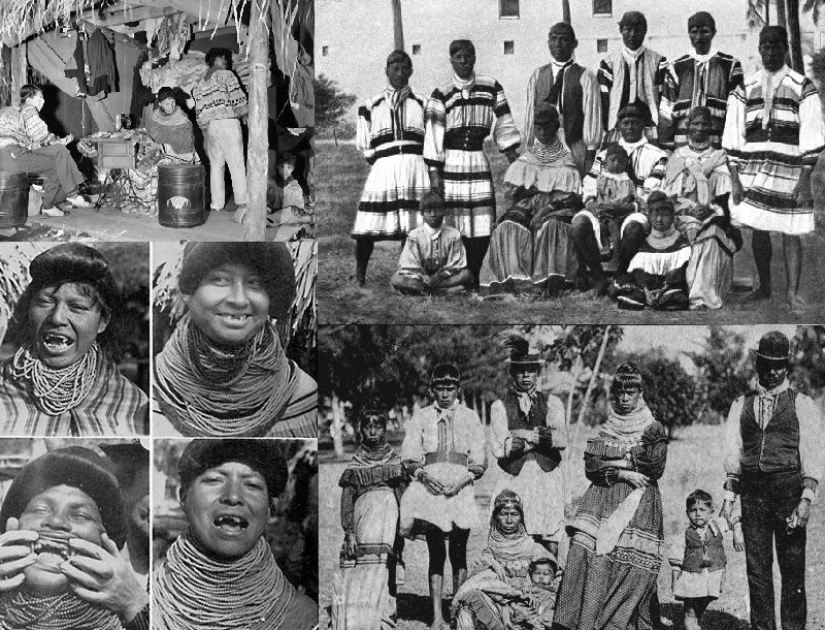
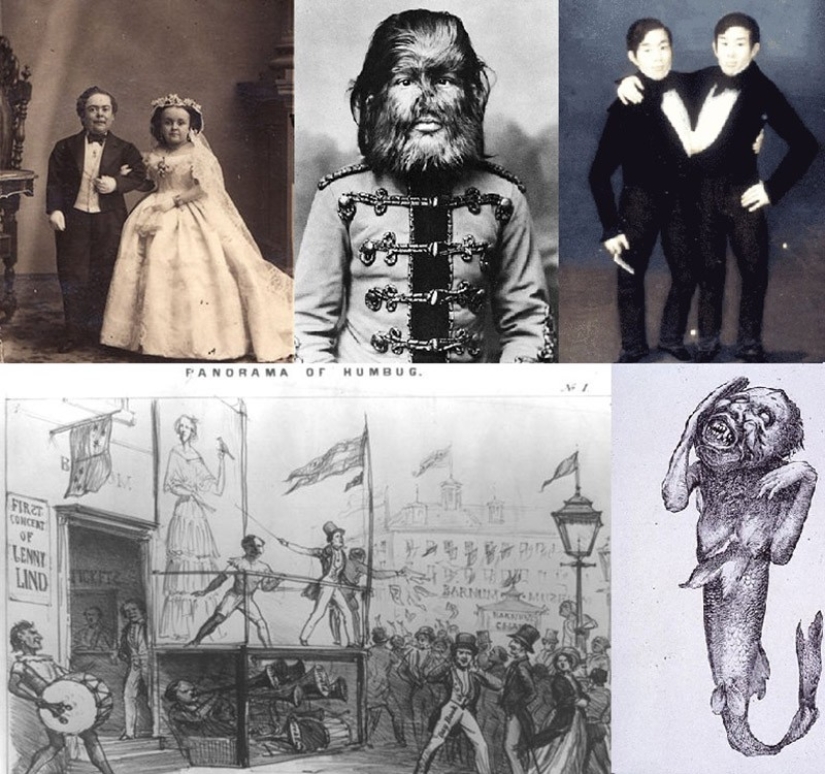
Predecessors of the present human zoos were numerous attempts by Europeans to bring their own natives. Columbus, for example, was able to bring to Spain the Indians off. Later, these shows were popular in the circus of p. T. Barnum's shows were the older "black" slaves Joyce Hat, which is supposedly the nurse of Washington. But after her death, Barnum began to show conjoined twins Chang and eng Bunker, wedding midgets Charles Stratton and Lavinia Warren, a skilled forgery "mermaids of the Fiji Islands" and the other characters.
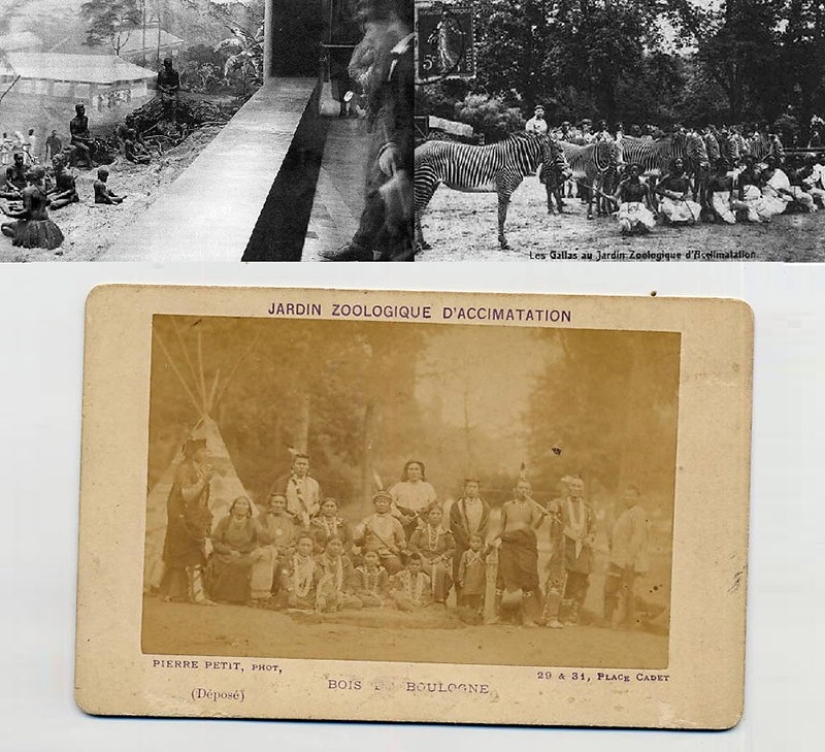
Since the 70‑ies of the 19th century human zoos, become a symbol of the second wave of imperialism, fighting for the colony in the world. Gradually, like zoos appeared Antwerp, London, Barcelona, Milan, Warsaw, Hamburg and, of course, in North America. According to historians, each of them called for up to 300 thousand (!) people.
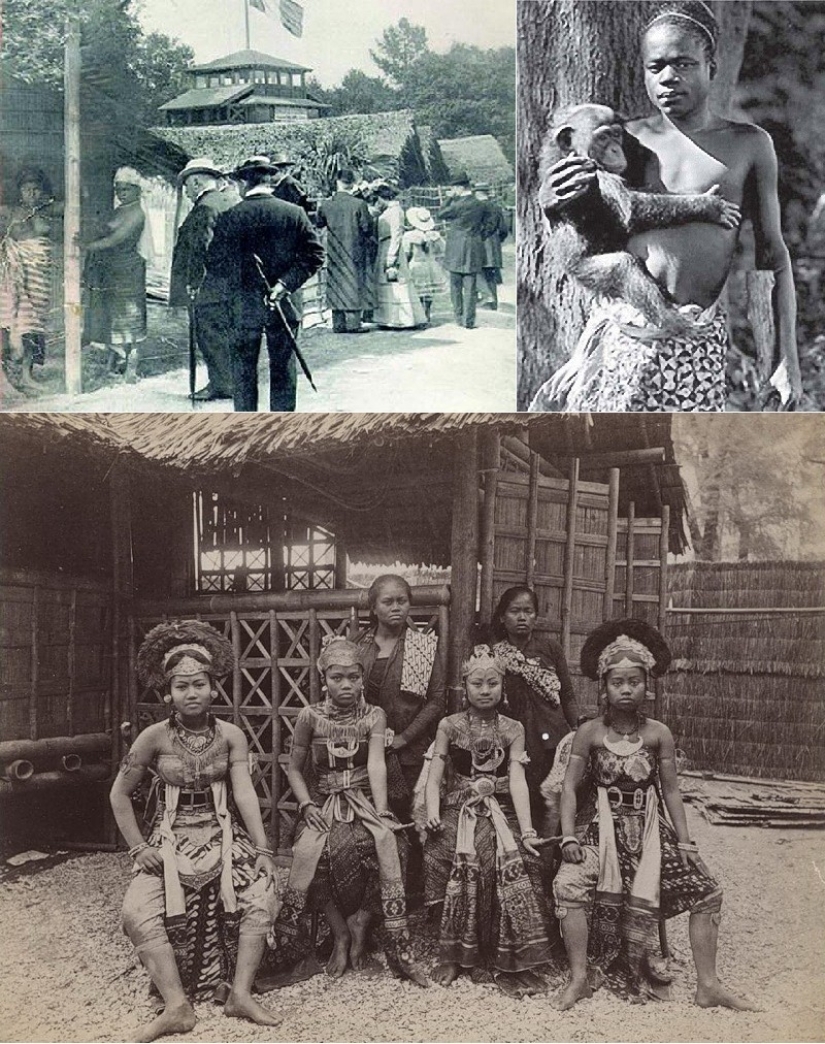
The main attraction of the Paris world exhibition of 1889 was the "village of the blacks". The exhibition was visited by 28 million.
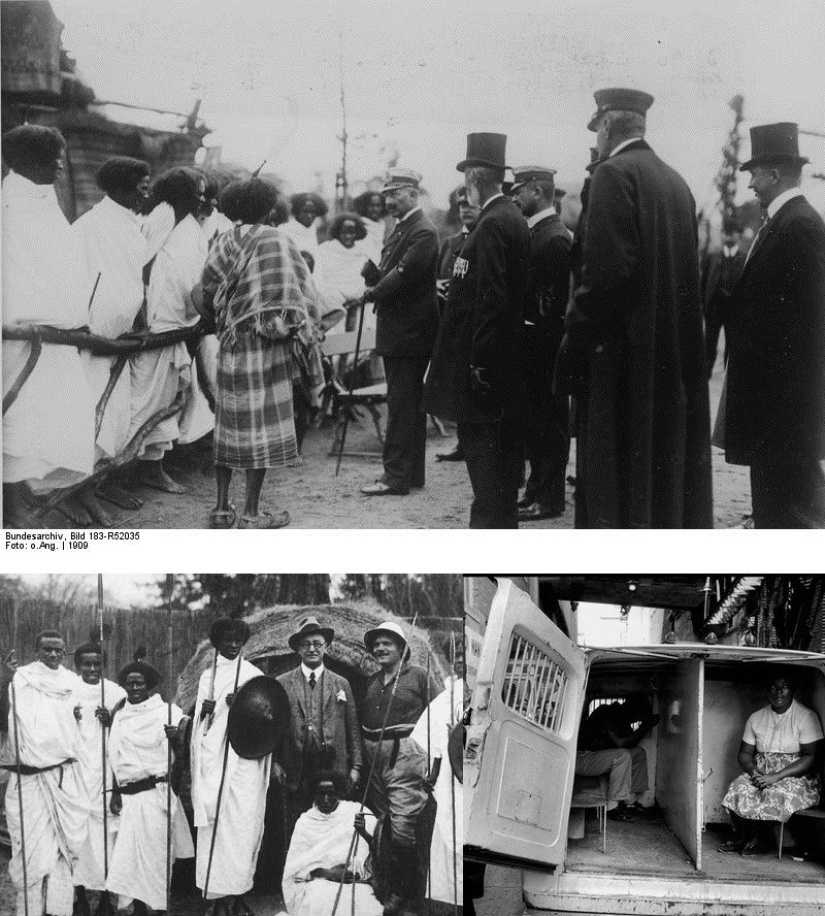
Very popular "Negro village" was used in Germany, where it was popular ideas of social Darwinism. The inhabitants of the villages were often compared with monkeys, in order to emphasize their insignificance. Once the Negro village in Germany he visited Bismarck and Kaiser Wilhelm II.
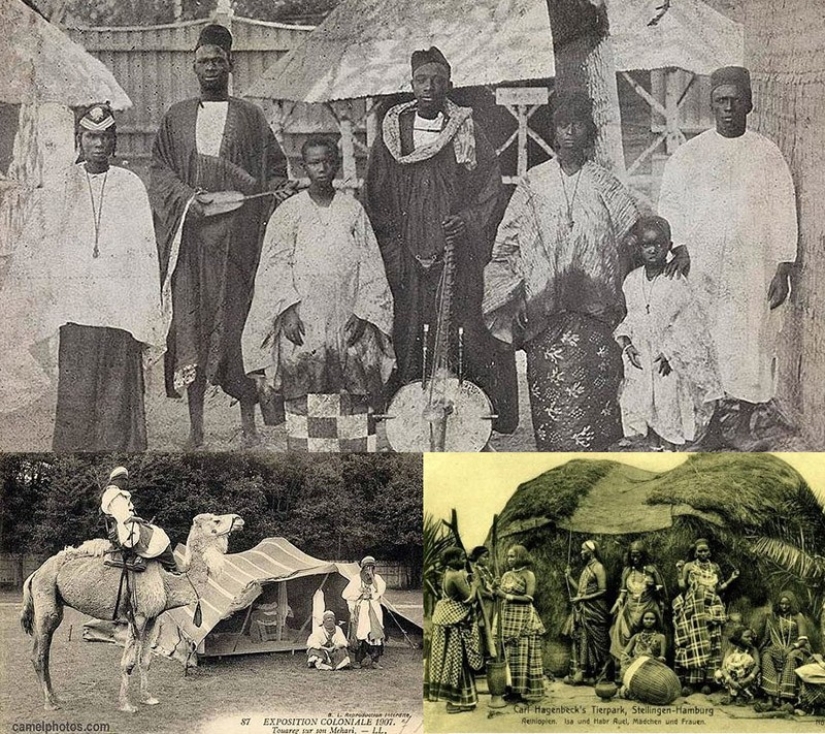
What now seems immoral nightmare before was thought to be something ordinary. Justification for the Europeans can only be that many "white" didn't really understand what the Negro is different from apes. The case when Bismarck came to see in the Berlin zoo and asked to see where in fact a man in the cage – then "Pets" zoos were placed in the same cage with a gorilla.

The notes are preserved about the contents of the pygmy named OTA Benga, who was exhibited as a typical savage during the world fair of 1904 in St. Louis. It was then that scientists came to the conclusion that the intelligence of the pygmies can be compared with the "mentally retarded people who spend to test a huge amount of time and make a lot of stupid mistakes," many Darwinists took the level of development of the pygmies "directly to the Paleolithic period", and the scientist Getty found them to be "cruelty primitive man."
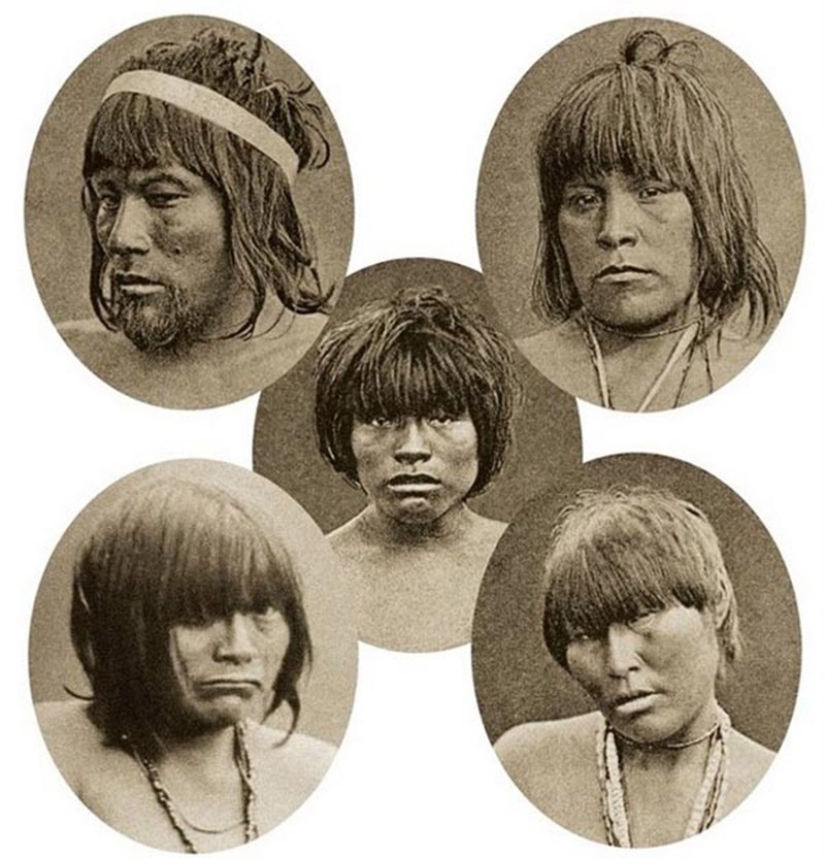
And these are five of the Kawesqar tribe, who were kidnapped in 1881 from Chile to Europe for display in a human zoo. They soon died.
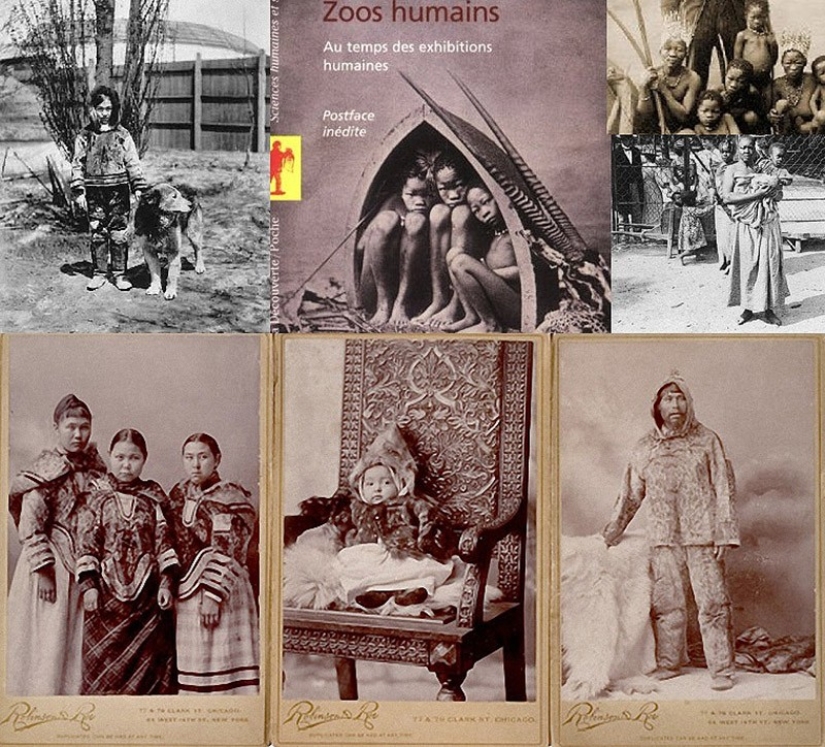
In fairness, in this case, if I may say so, research in zoos were the representatives of other peoples: the Eskimos, Polynesians, and the canadian Inuit, Indians of Suriname, the Indians of Patagonia, and in East Prussia in captivity were even the Baltic States, which were supposed to represent the "old Prussia" and perform their rituals in front of the audience.
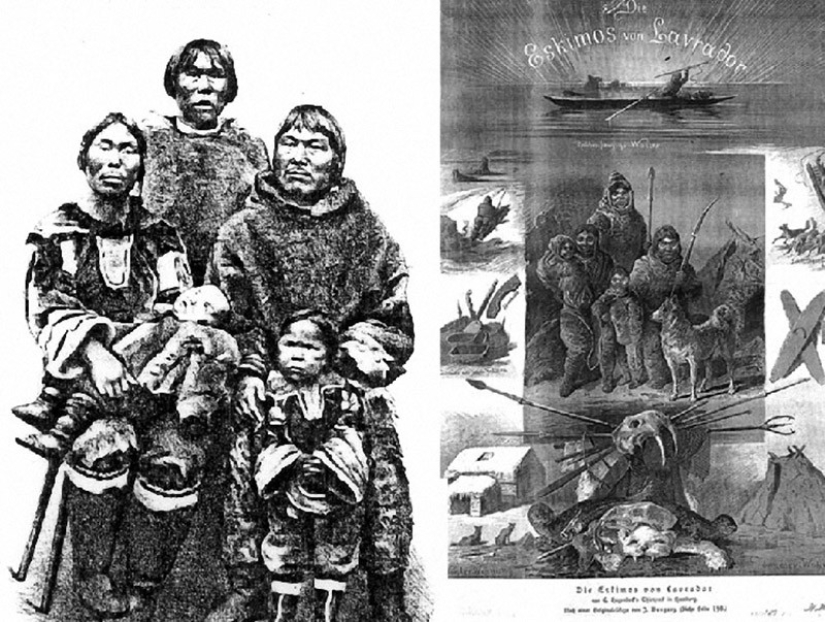
The case when in one of the European zoos Eskimos converted to Christianity, thus trying to make money and pay the debt to the missionaries. But fate decreed otherwise: soon they all died of smallpox. After their death in cages found a diary, where eskimo described all the humiliation they had to go.
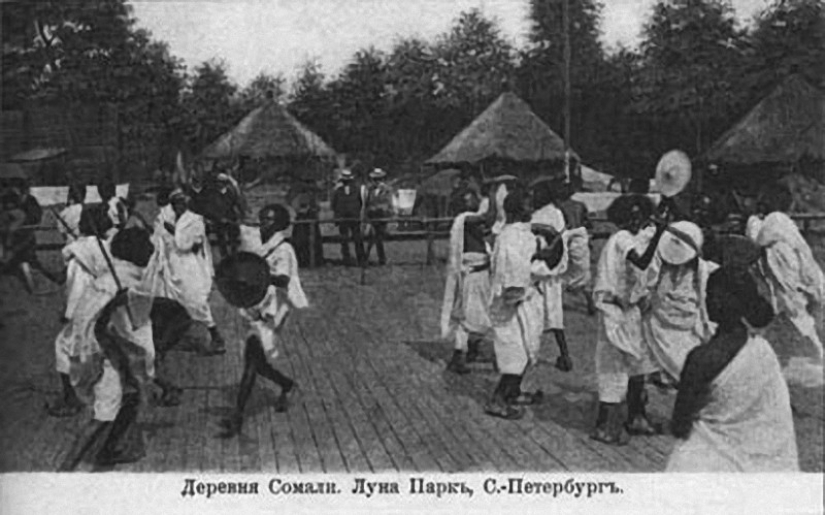
Somali slaves, Saint Petersburg.
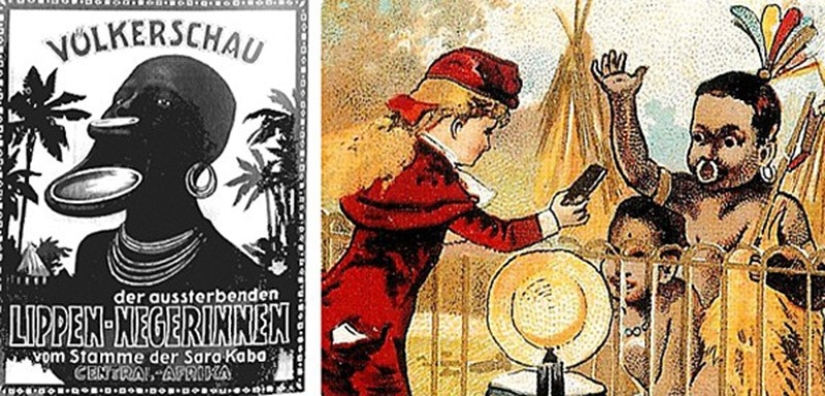
Even in seemingly civilized American society in 1939 conducted periodically exhibitions of the living. One of these was the new York exhibition, which was presented to the Indians-the Seminoles.
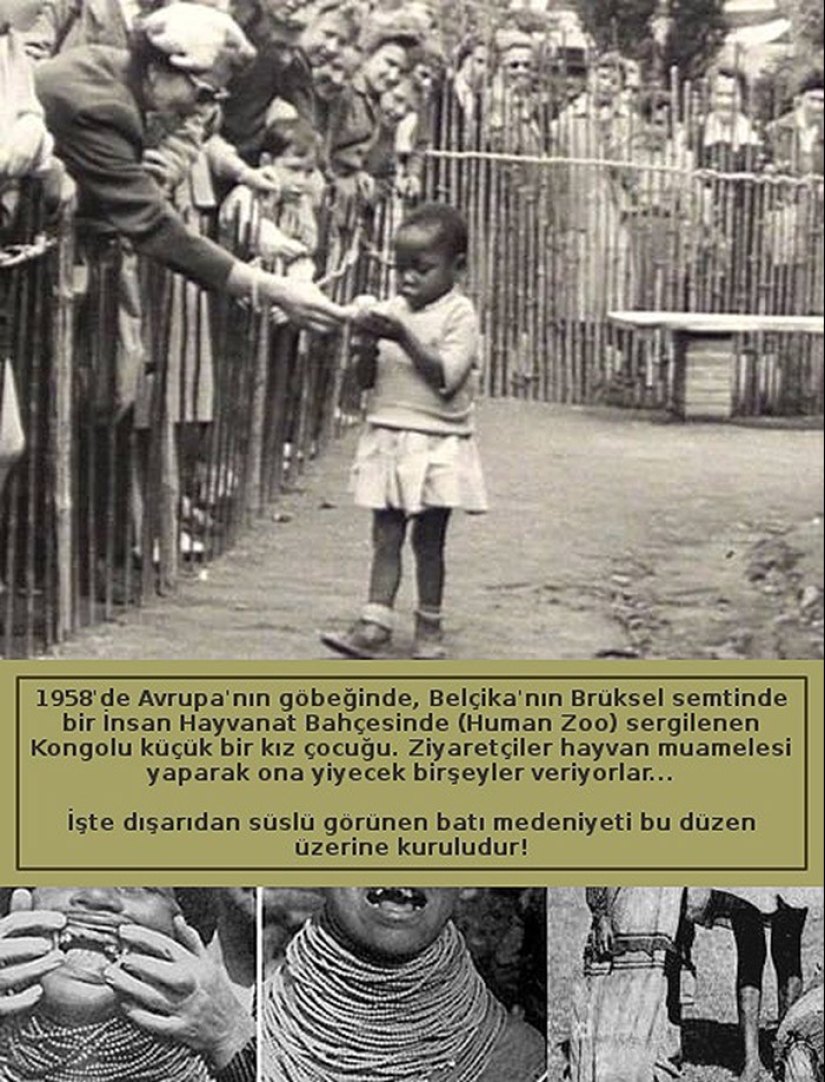
By the mid-20th century human zoos began to disappear whether by reason of the distribution of the equality of Nations, whether due to the fact that the time of the Great Depression, and ordinary people simply did not money to visit such events, whether because of their abolition by the authorities. It would seem that the history of human zoos is incomplete, but already highly civilized post-war Europe was represented by the Congolese village.
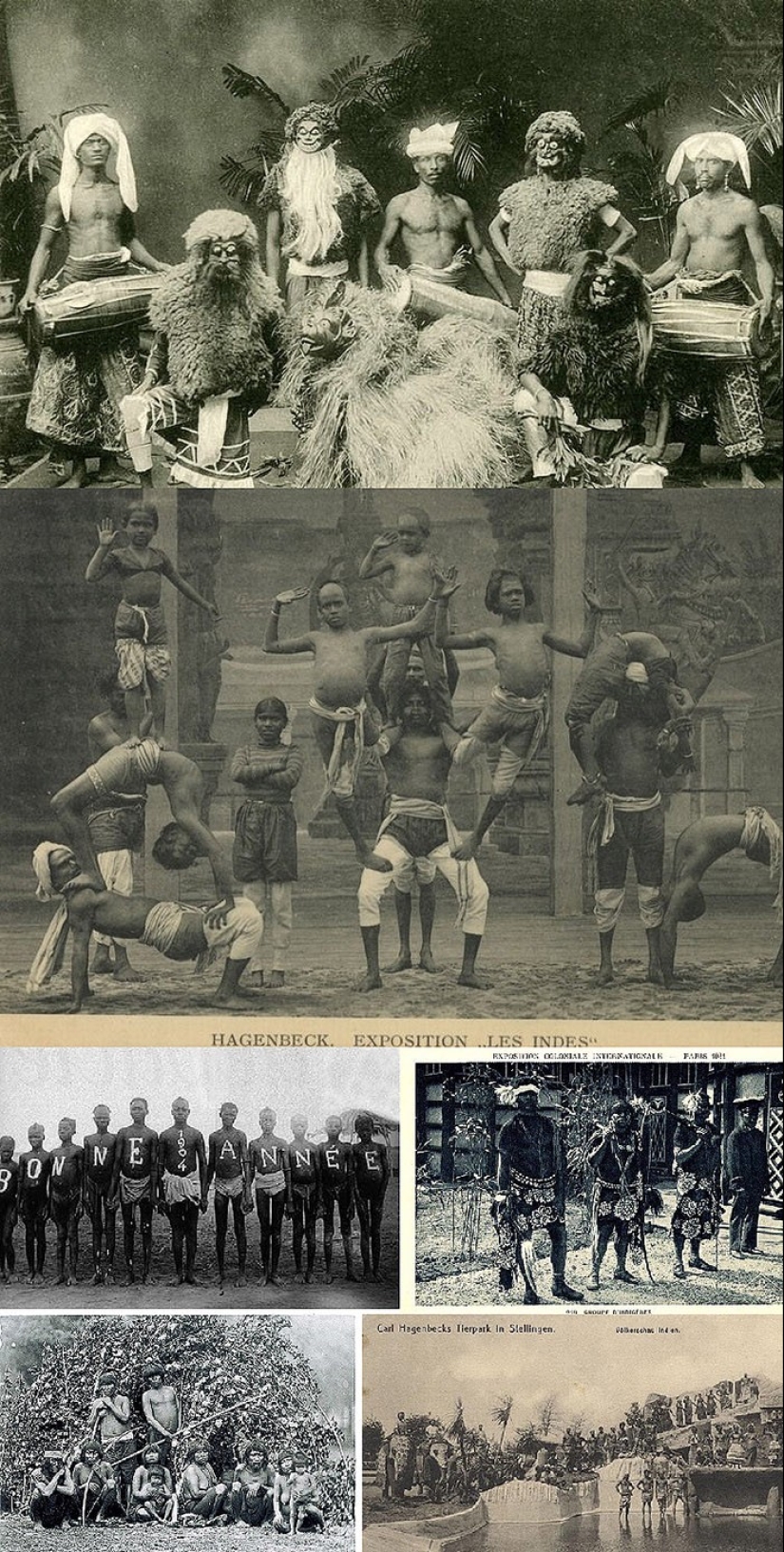
It's a girl in the human zoo, where a visitor to the zoo gives the banana like a monkey kind. And it is in Europe 58 year!
It took quite a few years and these children go to school with white children in school, sit with them at the same Desk, become outstanding professionals, and nobody thinks that they have something in common with monkeys. If this woman is someone said that maybe it was her great-granddaughter will be friends with a black girl, she would believe? And can we even imagine now that the human zoos could become a reality in the 21st century?
Keywords: Zoo | History | People | Slavery
Post News ArticleRecent articles

Have you ever seen a person who, at the sight of the inscription "Caution, painted", would not come up and check with his finger? ...

Accidentally meet his counterpart — is quite an extraordinary event. Even for the stars. Especially if that person tries to ...
Related articles

Motorcycles have long been a kind of symbol of freedom and risky adventures, so it is not surprising that many famous creative ...

When it comes to movies, everyone has a couple of favorite movies. Someone likes the work of a certain director, and someone loves ...

For some reason, we believe that before the sexual revolution of the 1960s, sex was considered something obscene and those who were ...

Each of us must have seen the work of Robert McGinnis at least once. This American illustrator loves spy themes and spectacular ...